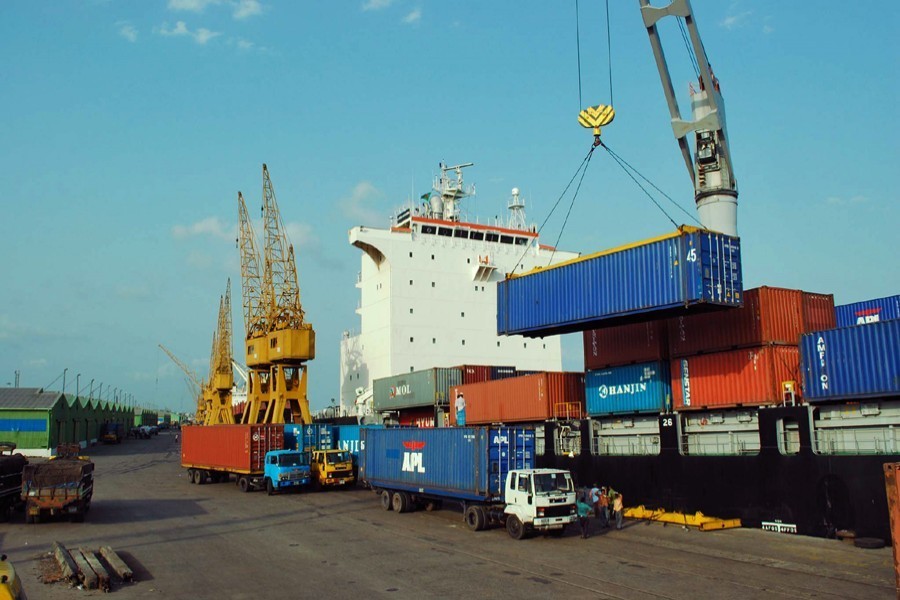Import clearing needs to hop over 25-32 stops at major ports in Bangladesh for lack of coordination among authorities, says a study report, thus slowing the delivery of goods.
Importers have to complete the import-clearing process by passing through 32 steps at Chattogram seaport -- the largest export-import hub of the country -- according to findings in the study by the customs wing supported by the World Customs Organisation (WCO).
It takes 28 steps at Benapole, the largest land port, and 25 at Hazrat Shahjalal International Airport in Dhaka.
Completion of the customs procedures, from declaration to release of goods, requires eight days for seaborne cargo, two days and 11 hours for airfreight cargo, and five days and four hours for land cargo.
The Time Release Study (TRS) 2022 report, prepared by a group of customs officials of the National Board of Revenue (NBR), published the findings Monday.
TRS is a method endorsed by the WCO for measuring the time taken by the authorities concerned to release import-export cargoes.
It found importers and customs brokers mainly responsible for delays in the customs clearance process.
Among four broad categories of stakeholders, importers and their authorised customs brokers take most part of the time - from 72 to 78 per cent of the clearance time.
In Chattogram, importers and customs brokers take up 75 per cent of the total release time, followed by port authority 14 per cent, customs 8.0 per cent, other government organisations 2.0 per cent and shipping agents 1.0 per cent.
At Benapole, the customs authority consumes 7.0 per cent of the time to issue clearance while it is 6.6 per cent at the Dhaka airport.
Talking to the FE, Dr Abdul Mannan Shikder, NBR member (grade-1) - customs audit, modernisation and international trade wing, said the TRS helped the revenue authority know the existing condition of customs-clearance time and process, and take steps on the basis of the findings.
Dr Shikder, who is a national adviser of the NBR-TRS central committee, stressed strengthening coordination among the entities involved to expedite the trade-clearance process apace with the fast-moving world.
"Once the NBR implements the National Single Window (NSW) project, the clearance process would be faster and easier," he adds.
He, however, thinks not only the importers and customs brokers are responsible for the delays but, in some cases, the slow speed of the Asycuda system also delays the process.
The TRS capacity-building project was funded by the State Secretariat for Economic Affairs (SECO) of Switzerland through the WCO-SECO Global Trade Facilitation Programme (GTFP).


